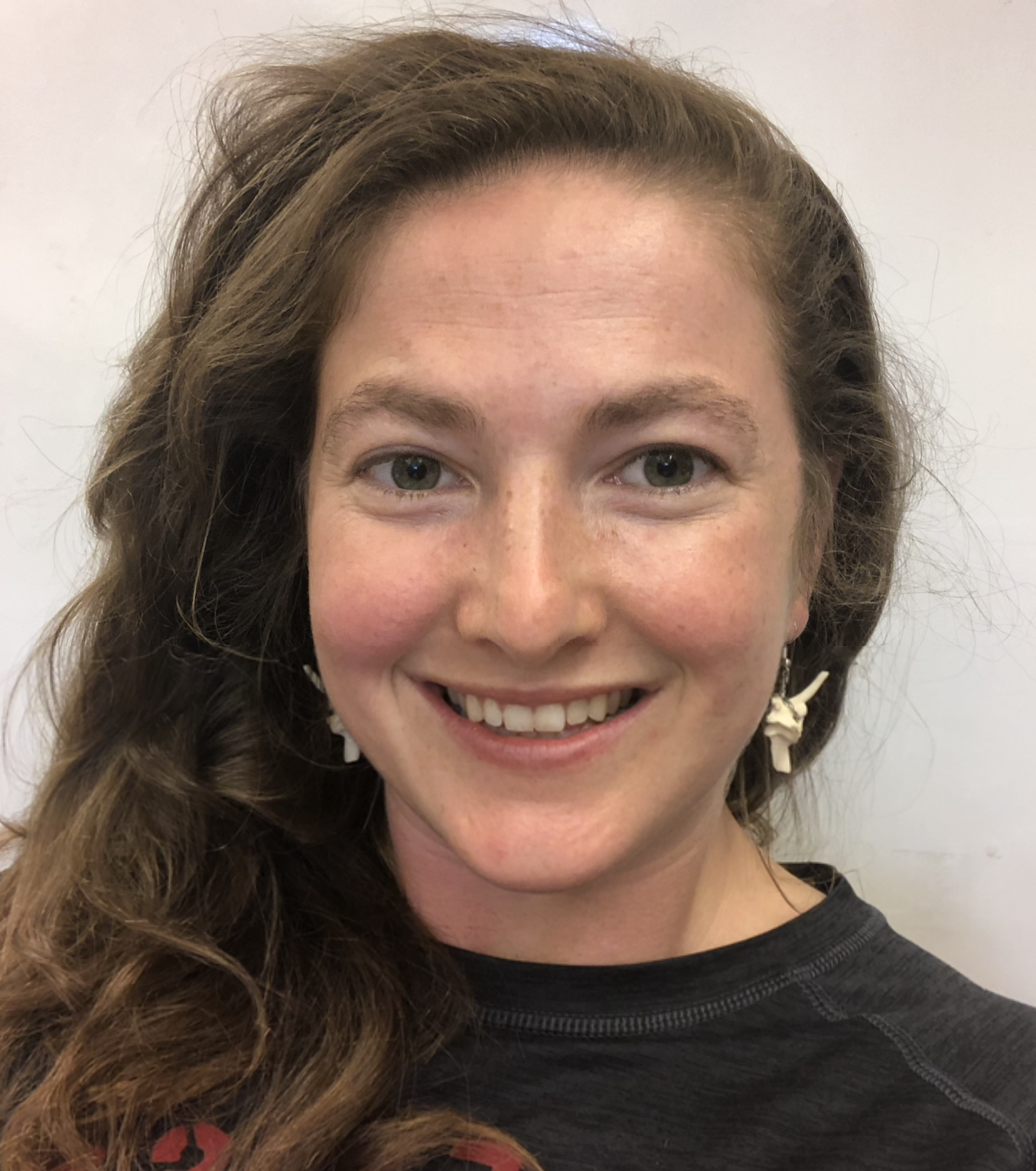Hannah Grunwald
Hannah is a postdoctoral fellow in the Harris and Tabin labs interested in cryptic genetics and chaperone modulation in development. She spends her free time witching and practicing circus arts.
It has been theorized that heat shock proteins and other chaperones could play an important role balancing evolutionary robustness and plasticity. By stabilizing client proteins that harbor minor amino acid changes, chaperones may “buffer” genotypic variation such that even animals carrying mutations may appear phenotypically wildtype. However in cases of extreme environmental stress, when chaperone proteins may be inundated with denatured proteins, destabilizing mutant proteins could be degraded, revealing phenotypes not otherwise observed and increasing the total phenotypic variation in a population. These phenotypes can be selected over the course of natural selection and fixed in a population. If this hypothesis is correct, the release of chaperone buffering has the potential to reveal many phenotypes across many traits and many individuals and may have an impact on evolution, especially to extreme environments.
Inhibition of the chaperone Hsp90 in embryos of the Mexican tetra, Astyanax mexicanus, results in higher variation in eye size than in untreated animals, and the small-eyed phenotype is heritable. Importantly, this mimics the evolutionary history of Astyanax, a single species that comprises both “Surface” morphs, with intact eyes, and “Cave” morphs, which have lost eyes entirely.
I am using zebrafish to delve into the developmental biology behind this evolutionary phenomenon. Which Hsp90 clients proteins have an impact on eye development? Are there tissues that are particularly susceptible to Hsp90 inhibition? Can Hsp90 inhibition “speed up” evolution?
